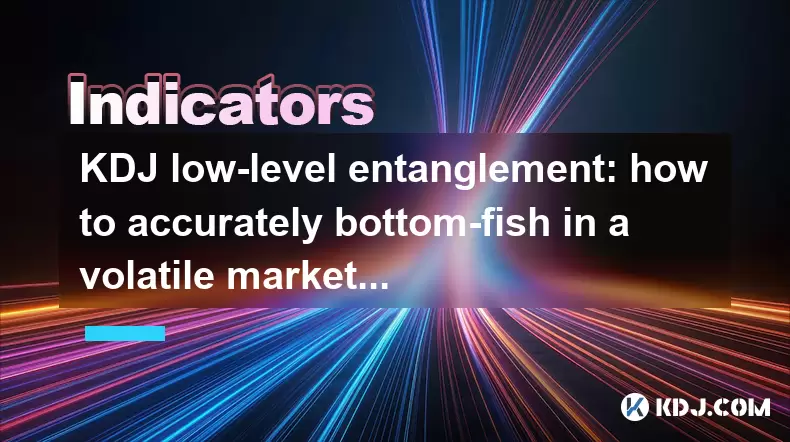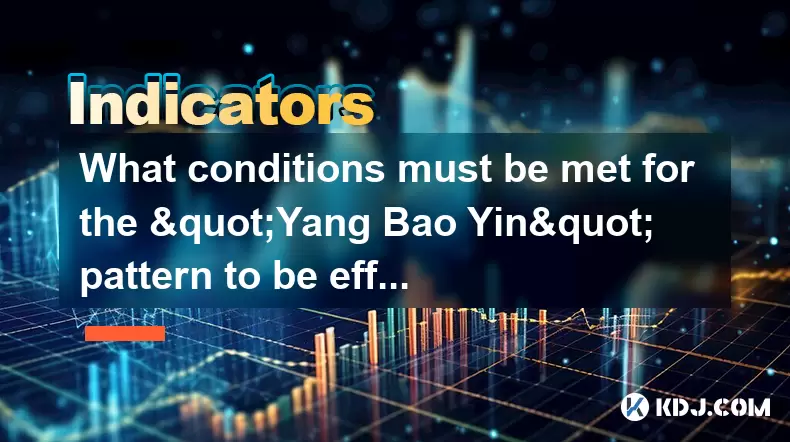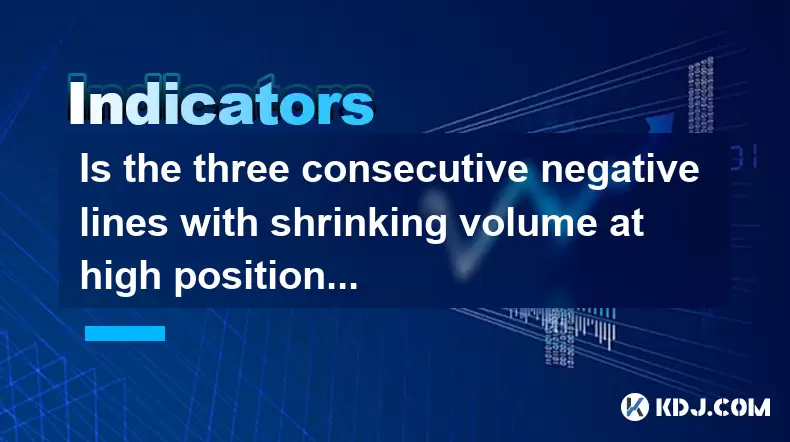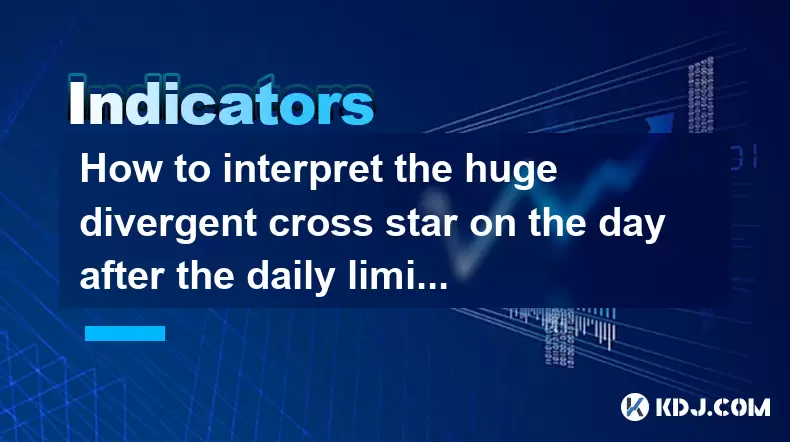-
 Bitcoin
Bitcoin $105,347.8711
0.96% -
 Ethereum
Ethereum $2,550.5078
1.39% -
 Tether USDt
Tether USDt $1.0004
-0.02% -
 XRP
XRP $2.1582
1.72% -
 BNB
BNB $651.7235
0.44% -
 Solana
Solana $146.5846
1.78% -
 USDC
USDC $0.9999
0.01% -
 Dogecoin
Dogecoin $0.1777
2.68% -
 TRON
TRON $0.2709
-0.51% -
 Cardano
Cardano $0.6373
0.79% -
 Hyperliquid
Hyperliquid $42.2043
6.47% -
 Sui
Sui $3.0476
1.60% -
 Chainlink
Chainlink $13.2702
0.27% -
 Bitcoin Cash
Bitcoin Cash $435.5686
7.57% -
 UNUS SED LEO
UNUS SED LEO $9.0412
1.45% -
 Avalanche
Avalanche $19.3181
1.40% -
 Stellar
Stellar $0.2603
1.22% -
 Toncoin
Toncoin $3.0233
2.01% -
 Shiba Inu
Shiba Inu $0.0...01213
3.46% -
 Hedera
Hedera $0.1588
2.17% -
 Litecoin
Litecoin $86.2495
3.74% -
 Polkadot
Polkadot $3.8196
0.90% -
 Ethena USDe
Ethena USDe $1.0006
0.01% -
 Monero
Monero $311.4040
0.67% -
 Dai
Dai $0.9999
0.01% -
 Bitget Token
Bitget Token $4.5613
1.06% -
 Pepe
Pepe $0.0...01117
4.95% -
 Uniswap
Uniswap $7.4671
4.11% -
 Pi
Pi $0.5866
4.86% -
 Aave
Aave $286.3474
5.97%
KDJ low-level entanglement: how to accurately bottom-fish in a volatile market?
The KDJ low-level entanglement, where K and D lines tangle near 20, signals oversold crypto conditions, hinting at potential bullish reversals when confirmed with volume and other indicators like RSI or moving averages.
Jun 13, 2025 at 04:07 am

Understanding KDJ Indicator in Cryptocurrency Trading
The KDJ indicator, also known as the Random Index, is a momentum oscillator used to identify overbought and oversold conditions in financial markets, including cryptocurrencies. It consists of three lines: the K-line (fast stochastic), the D-line (slow stochastic), and the J-line (divergence). In volatile crypto markets, KDJ low-level entanglement often occurs when the K and D lines become tangled near or below the 20 level, signaling potential reversal zones.
This phenomenon can be particularly useful for traders looking to bottom-fish — that is, enter positions at the earliest signs of a price rebound after a sharp downtrend. However, interpreting this pattern accurately requires understanding how each component interacts under high volatility.
Decoding KDJ Low-Level Entanglement
When the K and D lines are intertwined near the lower boundary (typically below 20), it suggests that the market is extremely oversold. This tangle doesn’t immediately indicate a buy signal; rather, it shows indecision among traders and a possible exhaustion of selling pressure.
In cryptocurrency trading, where price swings are frequent and sometimes irrational, low-level KDJ entanglement must be observed with caution. The key lies in identifying crossovers, divergences, and line separations that may follow this entanglement. For example, if the K line crosses above the D line after a prolonged entanglement, it could hint at a short-term bullish reversal.
Traders should also pay attention to the J line, which tends to swing more wildly than K and D. A sudden upward spike in the J line during entanglement might serve as an early warning of an impending bounce.
Setting Up Your Chart for Accurate KDJ Analysis
To effectively use the KDJ indicator for bottom-fishing in crypto markets, you need to configure your chart properly. Most platforms like TradingView, Binance, or MetaTrader allow customization of the KDJ settings.
- Open your preferred trading platform.
- Add the KDJ indicator to your chart.
- Set the default period to 9, smoothing to 3, and another smoothing factor to 3 (commonly denoted as %K 9, 3, 3).
- Ensure the overbought level is set at 80 and oversold at 20.
Once configured, observe how the K and D lines behave around the 20 mark. Look for patterns such as:
- Tight coils or flat movement between K and D.
- A divergence where price makes a new low but KDJ does not.
- A sudden breakout of K above D following a long entanglement.
These visual cues can help pinpoint potential entry points amid chaotic market behavior.
Combining KDJ with Other Indicators for Confirmation
Relying solely on KDJ low-level entanglement can lead to false signals, especially in highly volatile crypto markets. To increase accuracy, it's essential to combine the KDJ with other technical tools.
One effective method is to integrate the Relative Strength Index (RSI) alongside KDJ. When both RSI and KDJ show oversold readings simultaneously, the probability of a meaningful bounce increases.
Additionally, using moving averages such as the 50-period EMA or 200-period SMA can act as dynamic support levels. If the price approaches these levels while KDJ lines are entangled at low levels, it reinforces the case for a potential reversal.
Volume analysis also plays a critical role. A sudden surge in volume during KDJ entanglement can suggest institutional buying or accumulation, further validating a bottom-fishing opportunity.
Step-by-Step Guide to Bottom-Fishing Using KDJ Entanglement
To execute a successful bottom-fishing strategy based on KDJ low-level entanglement, follow these steps:
- Identify a strong downtrend in a specific cryptocurrency pair (e.g., BTC/USDT).
- Wait for the K and D lines to drop below the 20 threshold and remain there for several candlesticks.
- Watch for the lines to become tightly wound or flat, indicating low momentum and potential exhaustion.
- Monitor the J line for any upward inflection or divergence from price action.
- Confirm with additional indicators like RSI or moving averages aligning with oversold conditions.
- Place a limit order slightly above the current price once K starts to separate from D upwards.
- Set a tight stop-loss just below the recent swing low to manage risk.
- Trail the profit target using a moving average or take partial profits as the price rises.
It’s crucial to maintain strict discipline with position sizing and avoid over-leveraging, especially in unpredictable crypto markets.
Frequently Asked Questions
Q: Can KDJ low-level entanglement occur in all timeframes?
Yes, it can appear across multiple timeframes. However, higher timeframes (like 4-hour or daily charts) tend to offer more reliable signals due to reduced noise compared to shorter intervals like 15-minute or 1-hour charts.
Q: Is KDJ suitable for all types of cryptocurrencies?
While KDJ works for most digital assets, it performs best on highly liquid pairs such as Bitcoin, Ethereum, and major altcoins. Illiquid or thinly traded tokens may produce erratic KDJ readings, making them unsuitable for this strategy.
Q: How do I differentiate between a real reversal and a fakeout when using KDJ entanglement?
A real reversal typically comes with volume confirmation, price action consolidation, and alignment with other indicators. Fakeouts often lack these elements and result in quick reversals shortly after a supposed crossover.
Q: What should I do if the KDJ lines stay entangled for too long?
Extended entanglement indicates strong bearish momentum. Traders should wait for a clear separation of K and D lines, preferably with a bullish candlestick pattern or volume surge before considering entry.
Disclaimer:info@kdj.com
The information provided is not trading advice. kdj.com does not assume any responsibility for any investments made based on the information provided in this article. Cryptocurrencies are highly volatile and it is highly recommended that you invest with caution after thorough research!
If you believe that the content used on this website infringes your copyright, please contact us immediately (info@kdj.com) and we will delete it promptly.
- Nasdaq Advances 21Shares' SUI ETF Proposal, Kicking Off SEC Review
- 2025-06-14 16:40:13
- Solana, Litecoin, and Crypto Baskets Lead ETF Approval Race: Bloomberg
- 2025-06-14 16:40:13
- Blockchain Deposit Insurance Corporation (BDIC) Appoints Oliver Pluckrose as CTO
- 2025-06-14 16:35:13
- An upcoming Bitcoin software update will increase the data limit on a divisive function that will allow significantly more images, text and documents to be stored on the Bitcoin blockchain
- 2025-06-14 16:35:13
- GameStop (GME) shares drop after-hours as the video game retailer reported mixed results for its first quarter
- 2025-06-14 16:30:12
- Will XRP Reach $10? A Deep Dive Into Ripple's Price Potential
- 2025-06-14 16:30:12
Related knowledge

How to calculate the probability of trend continuation after the MACD column divergence?
Jun 14,2025 at 08:01am
Understanding MACD Column DivergenceThe Moving Average Convergence Divergence (MACD) is a widely used technical indicator in cryptocurrency trading. The MACD column, also known as the histogram, represents the difference between the MACD line and the signal line. When price makes a new high or low but the MACD histogram does not confirm this movement, a...

What are the volume requirements for adjusting the K line in the "rising three methods" pattern?
Jun 14,2025 at 07:50am
Understanding the 'Rising Three Methods' Pattern in Cryptocurrency TradingThe 'rising three methods' pattern is a bullish continuation candlestick formation that traders often use to identify potential upward momentum in cryptocurrency price charts. This pattern typically appears during an uptrend and suggests that the trend is likely to continue after ...

What conditions must be met for the "Yang Bao Yin" pattern to be effective?
Jun 14,2025 at 06:42am
Understanding the 'Yang Bao Yin' Pattern in Cryptocurrency TradingThe Yang Bao Yin pattern is a candlestick formation commonly observed in technical analysis within the cryptocurrency market. This pattern typically signals a potential bullish reversal after a downtrend. However, for this pattern to be effective and reliable, certain conditions must be m...

Is the three consecutive negative lines with shrinking volume at high positions a signal that the main force has finished shipping?
Jun 14,2025 at 09:56am
Understanding the Concept of Three Consecutive Negative LinesIn cryptocurrency trading, three consecutive negative lines refer to a situation where an asset's price chart shows three successive candlesticks with closing prices lower than their opening prices. This pattern typically indicates bearish sentiment in the market. When this occurs at high posi...

Is it an opportunity for the long positive line with large volume to break through the platform and then shrink back?
Jun 14,2025 at 04:42am
Understanding the Long Positive Line with Large VolumeIn technical analysis, a long positive line refers to a candlestick pattern where the closing price is significantly higher than the opening price, often indicating strong buying pressure. When this occurs alongside large volume, it suggests that market participants are actively involved in pushing t...

How to interpret the huge divergent cross star on the day after the daily limit?
Jun 14,2025 at 02:35pm
Understanding the Divergent Cross Star PatternIn the realm of technical analysis within cryptocurrency trading, candlestick patterns are essential tools for predicting price movements. One such pattern is the divergent cross star, which appears as a doji or near-doji candle following a significant price move. When this pattern occurs the day after a dai...

How to calculate the probability of trend continuation after the MACD column divergence?
Jun 14,2025 at 08:01am
Understanding MACD Column DivergenceThe Moving Average Convergence Divergence (MACD) is a widely used technical indicator in cryptocurrency trading. The MACD column, also known as the histogram, represents the difference between the MACD line and the signal line. When price makes a new high or low but the MACD histogram does not confirm this movement, a...

What are the volume requirements for adjusting the K line in the "rising three methods" pattern?
Jun 14,2025 at 07:50am
Understanding the 'Rising Three Methods' Pattern in Cryptocurrency TradingThe 'rising three methods' pattern is a bullish continuation candlestick formation that traders often use to identify potential upward momentum in cryptocurrency price charts. This pattern typically appears during an uptrend and suggests that the trend is likely to continue after ...

What conditions must be met for the "Yang Bao Yin" pattern to be effective?
Jun 14,2025 at 06:42am
Understanding the 'Yang Bao Yin' Pattern in Cryptocurrency TradingThe Yang Bao Yin pattern is a candlestick formation commonly observed in technical analysis within the cryptocurrency market. This pattern typically signals a potential bullish reversal after a downtrend. However, for this pattern to be effective and reliable, certain conditions must be m...

Is the three consecutive negative lines with shrinking volume at high positions a signal that the main force has finished shipping?
Jun 14,2025 at 09:56am
Understanding the Concept of Three Consecutive Negative LinesIn cryptocurrency trading, three consecutive negative lines refer to a situation where an asset's price chart shows three successive candlesticks with closing prices lower than their opening prices. This pattern typically indicates bearish sentiment in the market. When this occurs at high posi...

Is it an opportunity for the long positive line with large volume to break through the platform and then shrink back?
Jun 14,2025 at 04:42am
Understanding the Long Positive Line with Large VolumeIn technical analysis, a long positive line refers to a candlestick pattern where the closing price is significantly higher than the opening price, often indicating strong buying pressure. When this occurs alongside large volume, it suggests that market participants are actively involved in pushing t...

How to interpret the huge divergent cross star on the day after the daily limit?
Jun 14,2025 at 02:35pm
Understanding the Divergent Cross Star PatternIn the realm of technical analysis within cryptocurrency trading, candlestick patterns are essential tools for predicting price movements. One such pattern is the divergent cross star, which appears as a doji or near-doji candle following a significant price move. When this pattern occurs the day after a dai...
See all articles

























































































